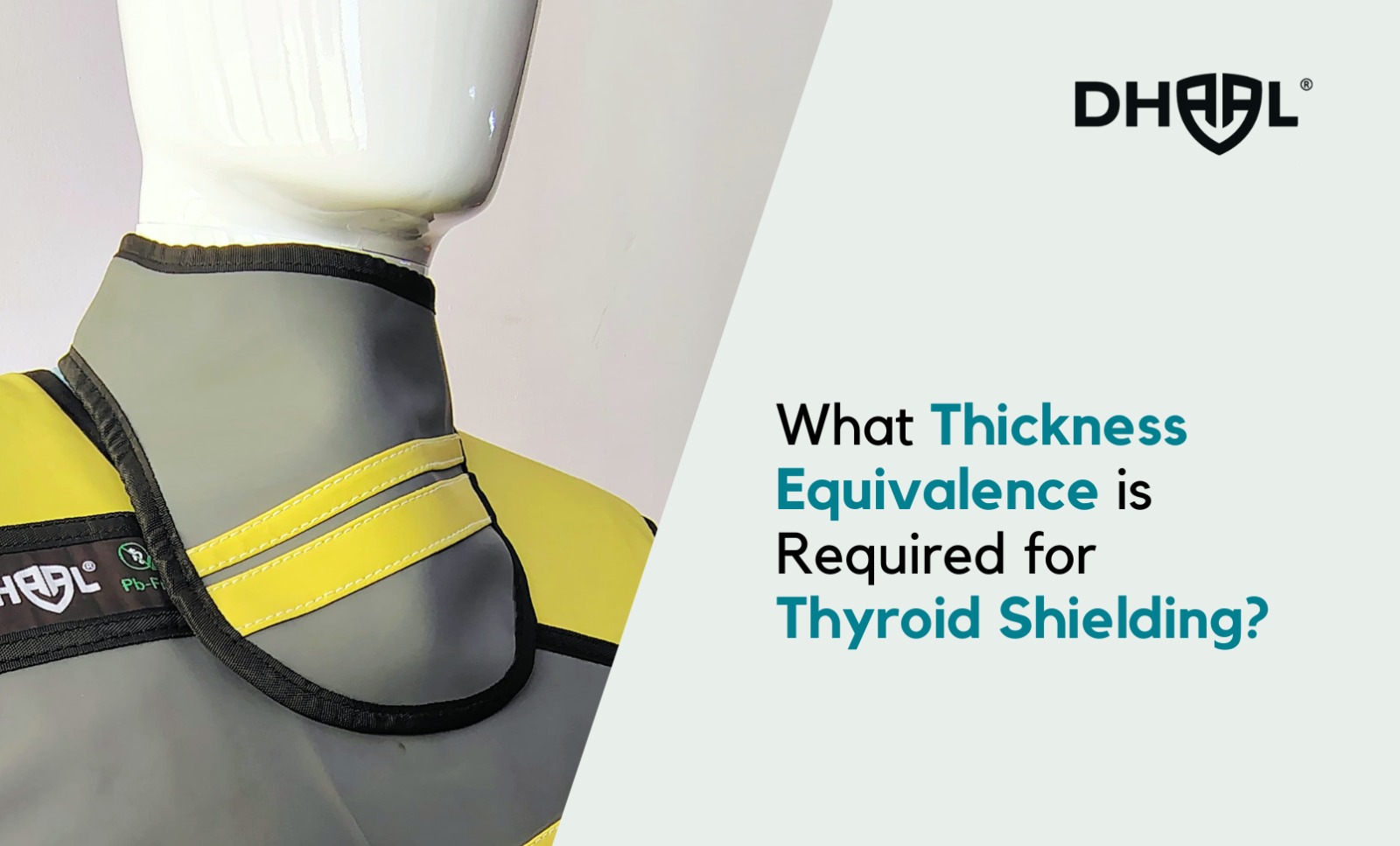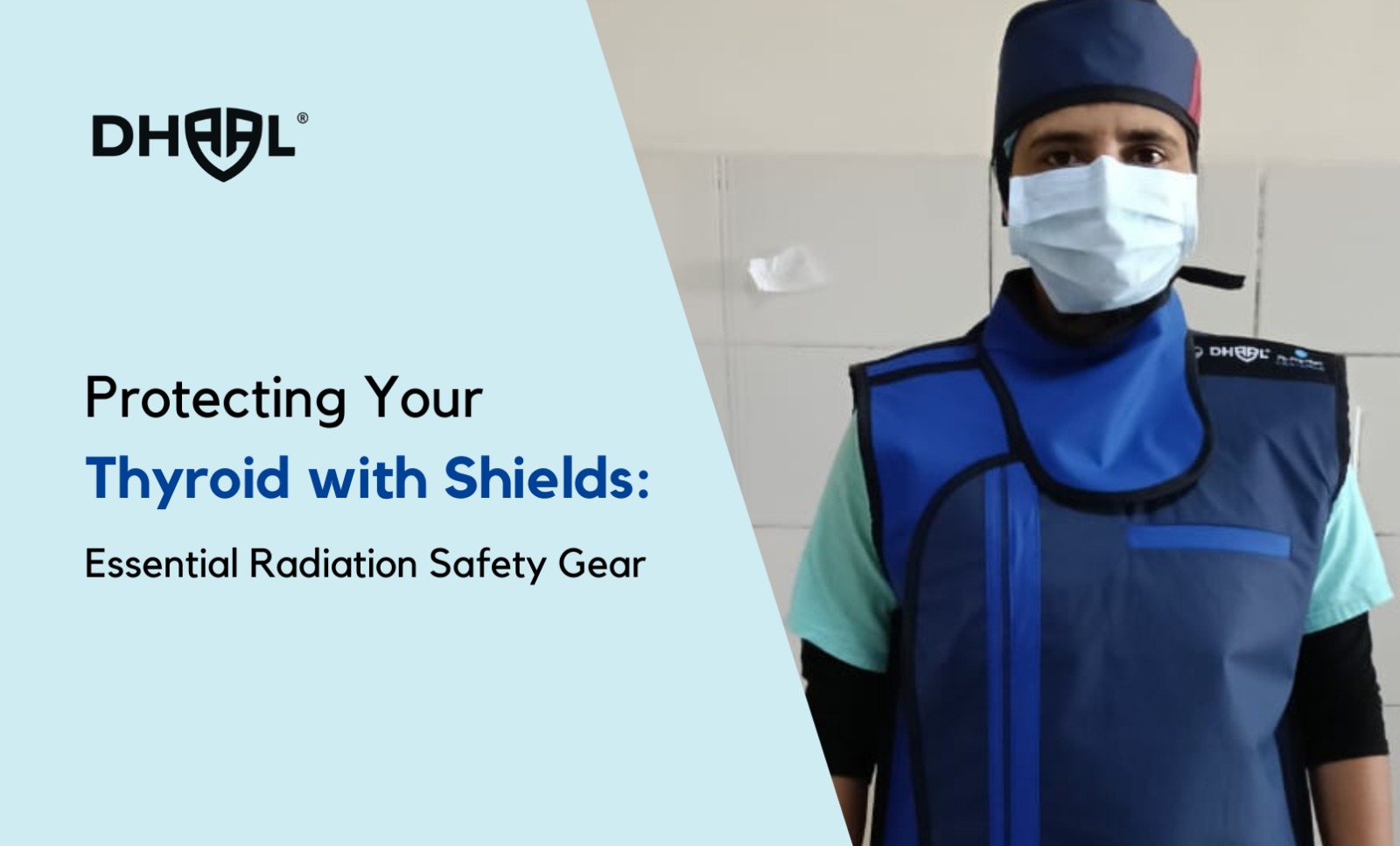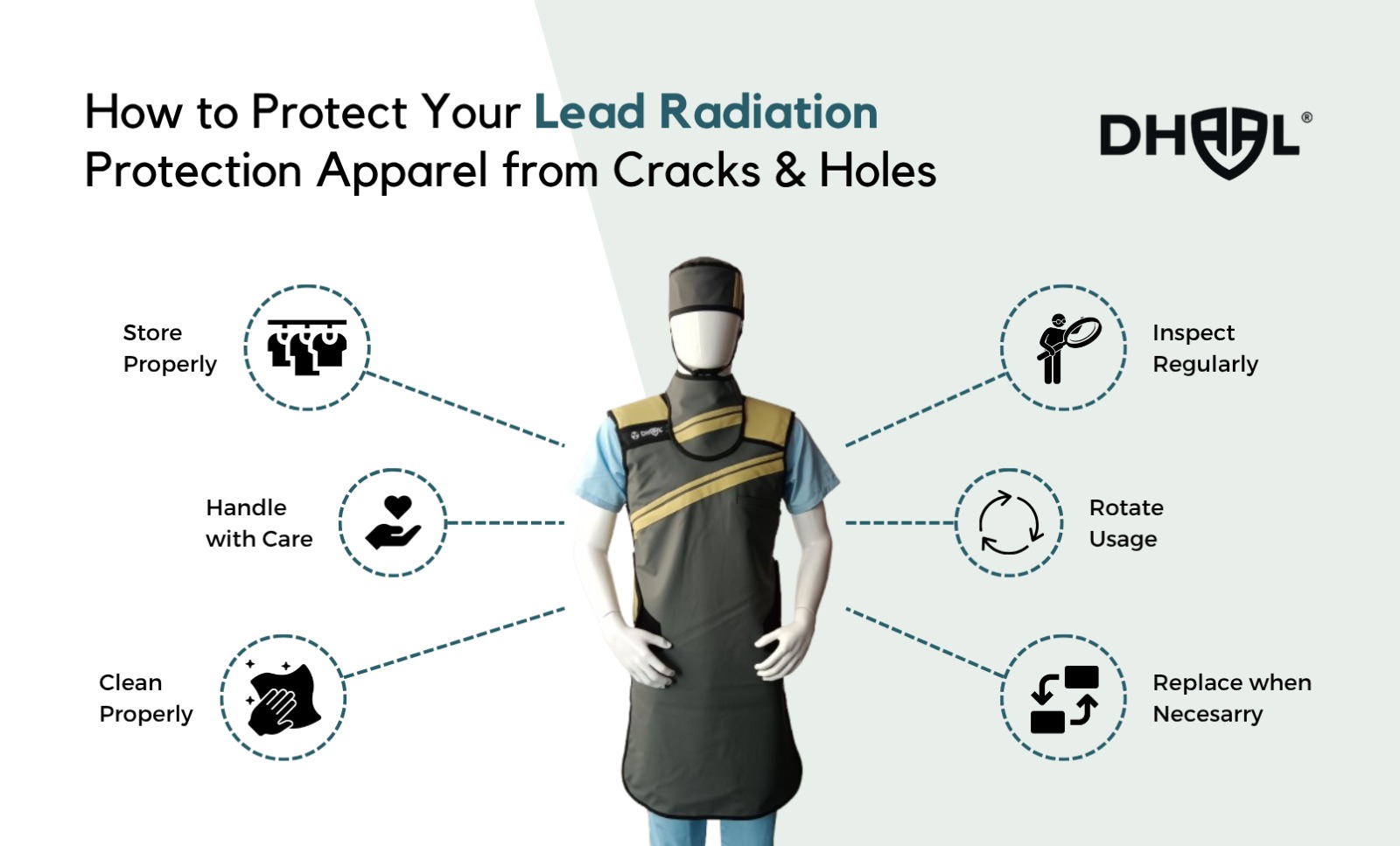
In the world of diagnostic imaging and radiation safety, protecting sensitive areas of the body from unnecessary exposure is a top priority. One of the most critical regions requiring protection is the thyroid gland. Given its high sensitivity to ionizing radiation, proper thyroid shielding is not just best practice—it’s essential.
But a common question that arises in clinical settings is: What thickness equivalence is required for effective thyroid shielding?
Let’s break it down.
Why the Thyroid Needs Protection
The thyroid is a small, butterfly-shaped gland located at the base of the neck. Despite its size, it plays a huge role in regulating metabolism, growth, and development through hormone production. Unfortunately, it’s also highly radiosensitive—meaning it’s more susceptible to radiation-induced damage compared to many other tissues.
Radiation exposure to the thyroid, especially in children and young adults, has been linked to an increased risk of thyroid cancer. That’s why thyroid shielding is a standard protocol during diagnostic imaging procedures like fluoroscopy, CT scans, and dental X-rays.
The Gold Standard: 0.5 mm Lead Equivalence
For most clinical applications, thyroid shields (also known as thyroid collars) are designed to offer 0.5 mm lead equivalence. This standard thickness is recommended by both the National Council on Radiation Protection and Measurements (NCRP) and the International Commission on Radiological Protection (ICRP).
Here’s why 0.5 mm Pb equivalence is ideal:
- Effective attenuation: It blocks over 90% of scatter radiation in the diagnostic X-ray energy range (typically between 70-120 kVp).
- Balance of protection and comfort: It offers strong protection without being excessively heavy or uncomfortable for the patient.
Materials Matter
While traditional thyroid shields are made with lead, modern options now include lead-free or lead-composite materials. These materials still provide the necessary 0.5 mm Pb equivalence but are lighter and more environmentally friendly. They use materials like tungsten, bismuth, or antimony to achieve similar attenuation performance.
When Is Thyroid Shielding Used?
Thyroid protection is especially important in procedures where the neck area is exposed or near the primary beam. Common scenarios include:
- Dental X-rays
- Chest radiographs (especially AP views)
- Fluoroscopic procedures
- CT scans of the head or upper thorax
- Pediatric radiography
Note: In some advanced imaging (like CT), the use of shielding is being reconsidered, especially when it might interfere with automatic exposure control (AEC) systems. Always follow current guidelines and facility protocols.
Key Takeaway
To ensure effective radiation protection of the thyroid gland, a minimum of 0.5 mm lead equivalence is recommended for thyroid shielding devices. Whether you’re using a traditional lead collar or a lightweight, lead-free alternative, the most important factor is that it meets this standard of protection.
In the ongoing effort to minimize radiation exposure, especially in vulnerable populations, proper thyroid shielding remains a simple yet powerful tool.



